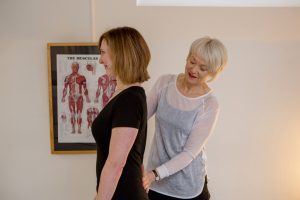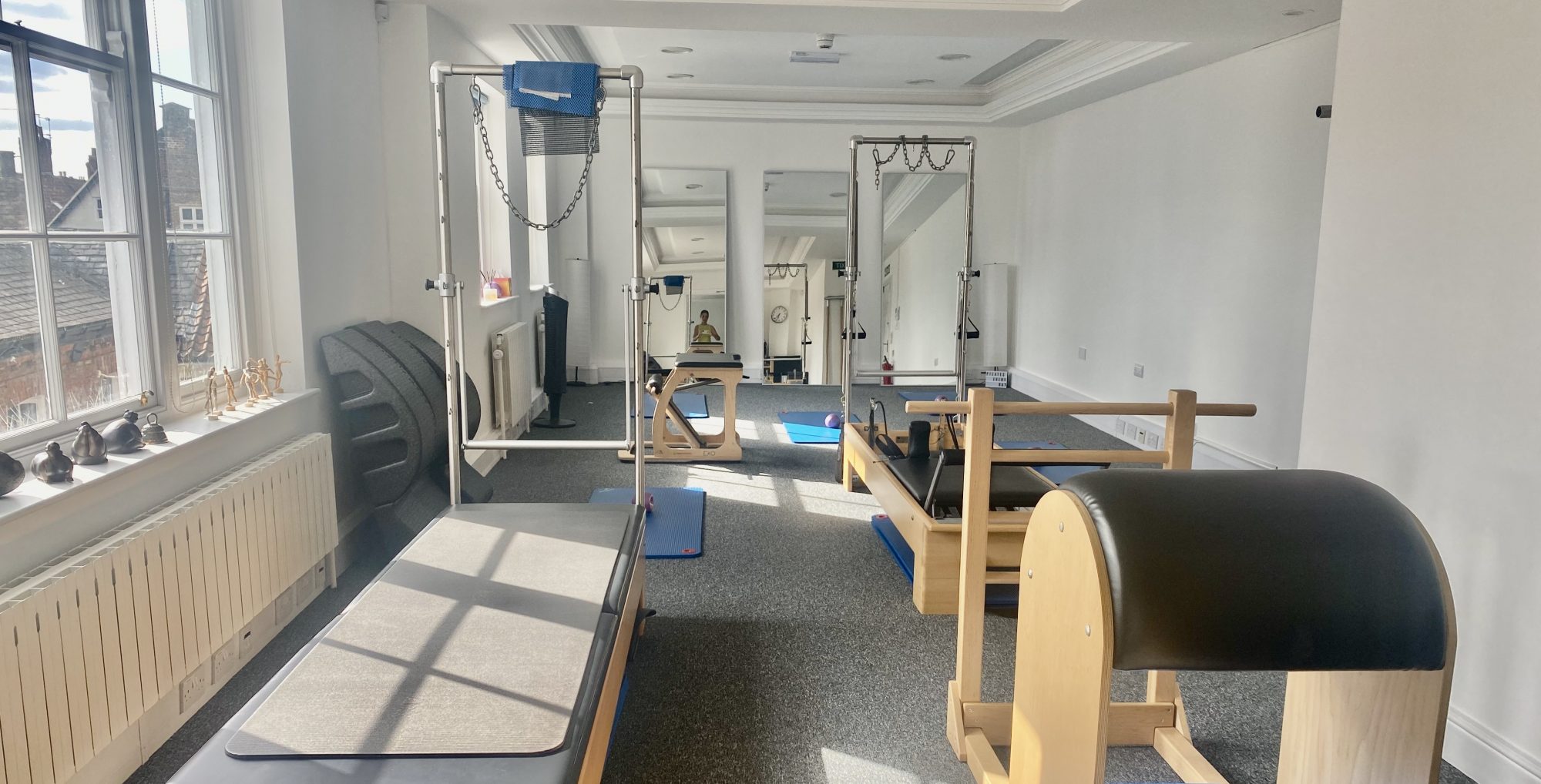 Just like any movement method, in Pilates we work with a set of principles and the 8 principles of Pilates are all an important part of how we learn to move. Yes, for sure, they are part of developing what physiotherapists call a stable core, but the so called core muscles are not really what Pilates is about. ‘The Core’ is an expression first used by physiotherapists back in the 1980’s but Pilates as a movement form had been around for decades before then. Before the word ‘core’ was invented Joe Pilates called the muscles of the trunk ‘the Powerhouse’, and in Pilates the focus into the powerhouse is the start of our movement. Most people have perfectly adequate core muscles, in Pilates we learn to sense what they are, what they feel like and how to notice and focus on them while we move. This is why Pilates is often recommended for rehabilitation, but this focus also is the basis of many other movement methods too.
Just like any movement method, in Pilates we work with a set of principles and the 8 principles of Pilates are all an important part of how we learn to move. Yes, for sure, they are part of developing what physiotherapists call a stable core, but the so called core muscles are not really what Pilates is about. ‘The Core’ is an expression first used by physiotherapists back in the 1980’s but Pilates as a movement form had been around for decades before then. Before the word ‘core’ was invented Joe Pilates called the muscles of the trunk ‘the Powerhouse’, and in Pilates the focus into the powerhouse is the start of our movement. Most people have perfectly adequate core muscles, in Pilates we learn to sense what they are, what they feel like and how to notice and focus on them while we move. This is why Pilates is often recommended for rehabilitation, but this focus also is the basis of many other movement methods too.
Follow the Pilates priciples; Concentrate; Move with precise alignment; lightly activate the centre muscles; breath; mentally isolate your deep muscles; move with flow, use coordinated movement and rhythm; be controlled; relax, there’s no struggle in a Pilates move.
We tend to think of movement as being to do with our limbs, our muscles and our skeleton and overlook the most fundamental movements of all. Deep in our body our heart is beating a rhythm against our diaphragm, and the diaphragm responds by drawing breath into the body. The diaphragm is attached all around the inside of the ribcage and by ligament as far down as the middle of the lumbar spine, so our breath can influence the position and movement of the spine. There’s a significant amount of pushing and pulling going on as a result of the action of the diaphragm, bringing focus to our breathing action as we move helps to establish our core muscles. When you breath out your powerhouse naturally stabilises due to the change in intra abdominal pressure, this is why we suggest using an outward breath where a movement needs stability or strength. Often, people ask “where should I breathe?” during the exercise. I always say that it’s not written in stone and first take time to feel your breath coming in and out of the body, feel the ribcage and diaphragm moving. Use the Pilates principles of concentration, relaxation and flow to notice the breathing rhythm in your body. Once you are tuned in to the feel of your breath you are able to use breathing action to support your movement. It isn’t a magic trick! Lie down and try floating your arm away from the ground a split second after you begin to exhale. Keep repeating it. Give yourself some weeks to practice this, the effect of slow practice is like water dripping on a stone: with time the effects are profound and irrevocable.
